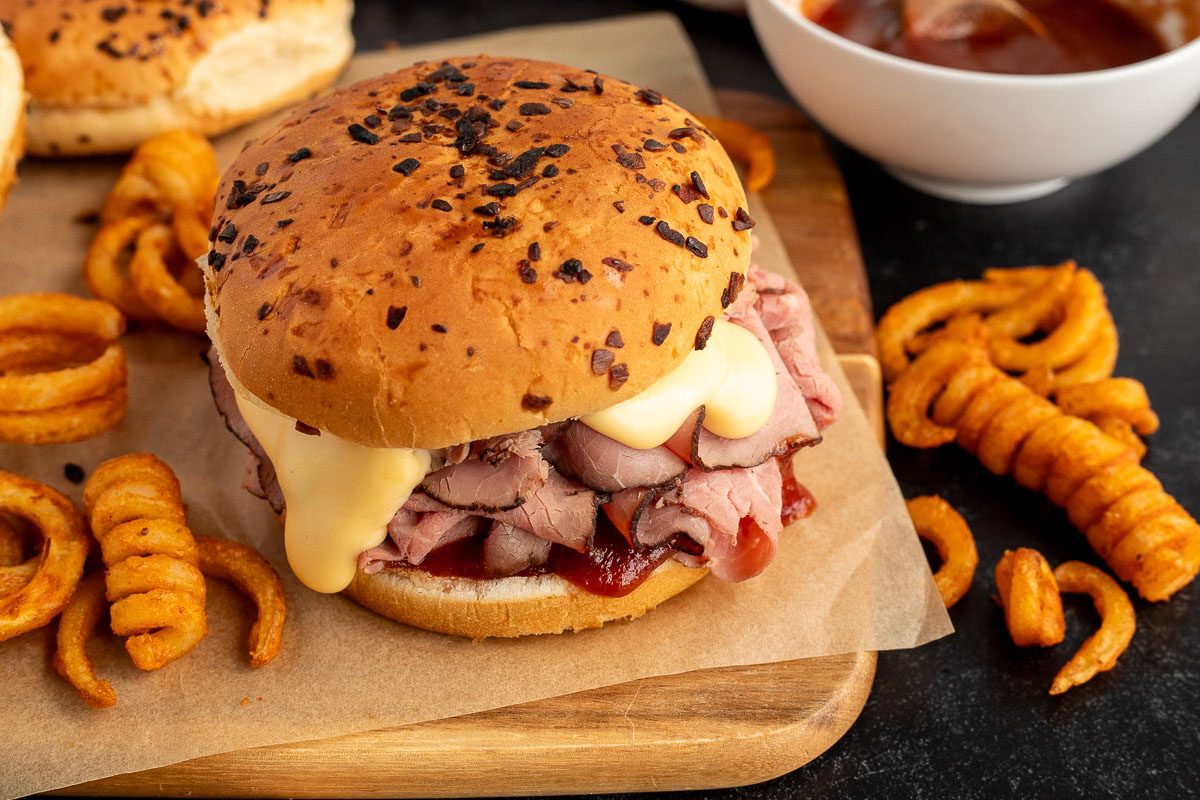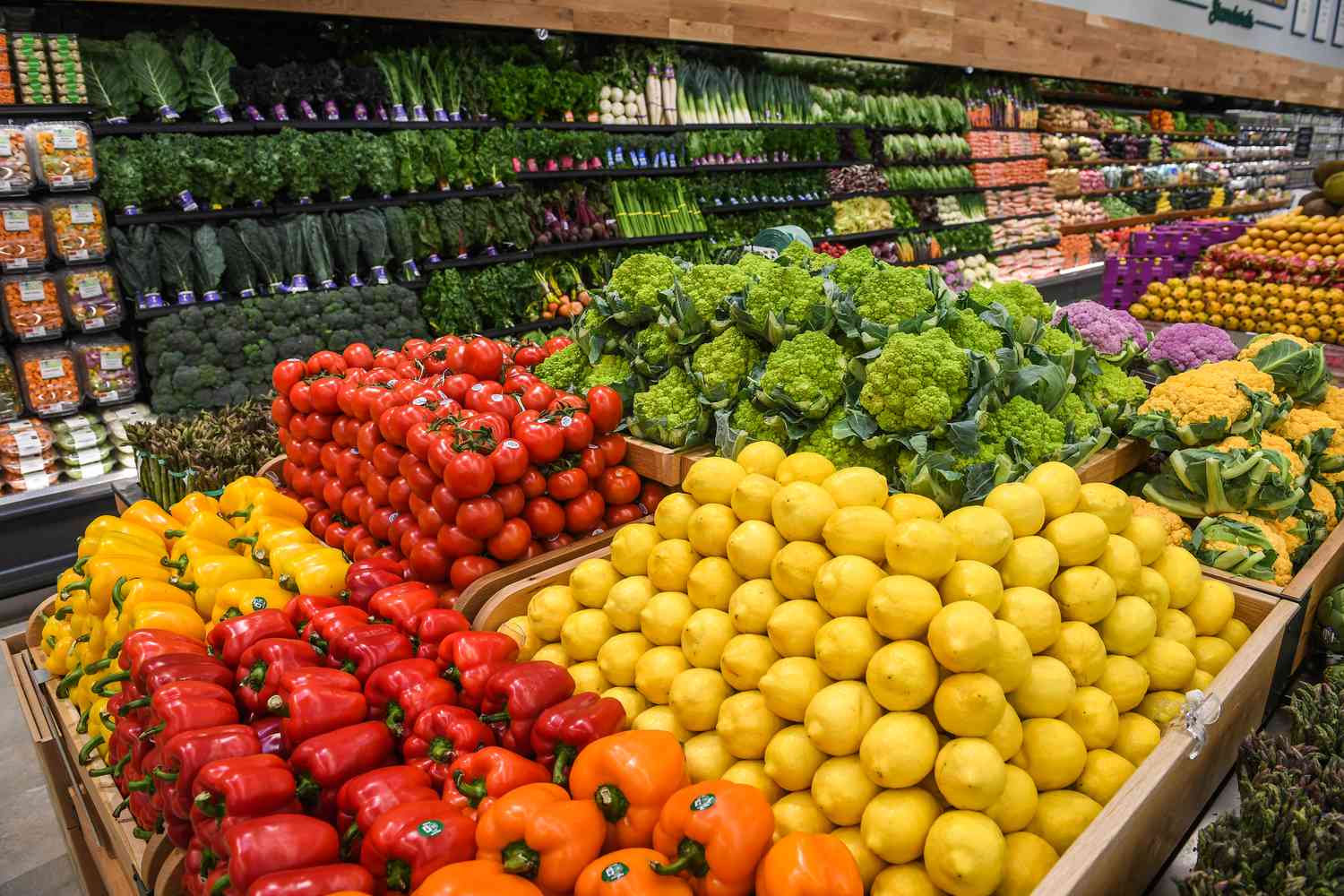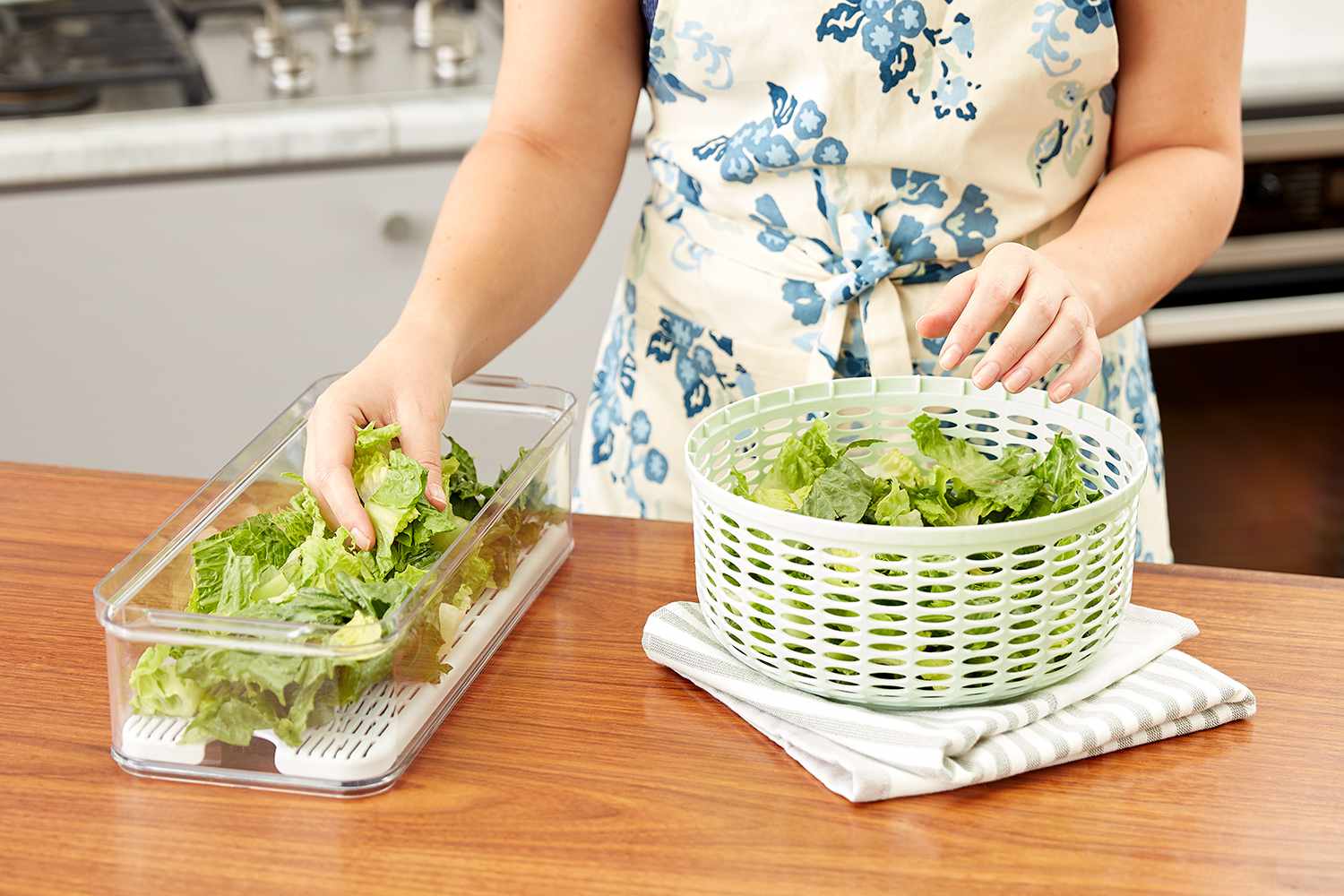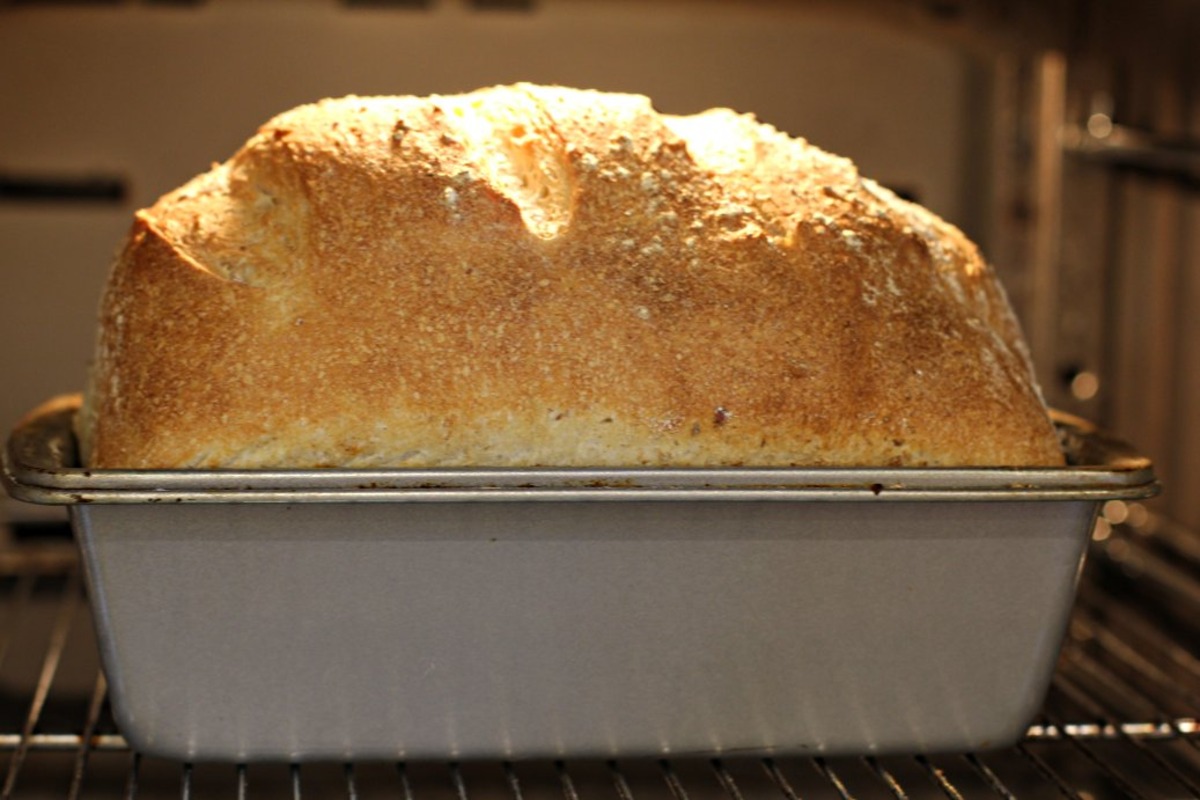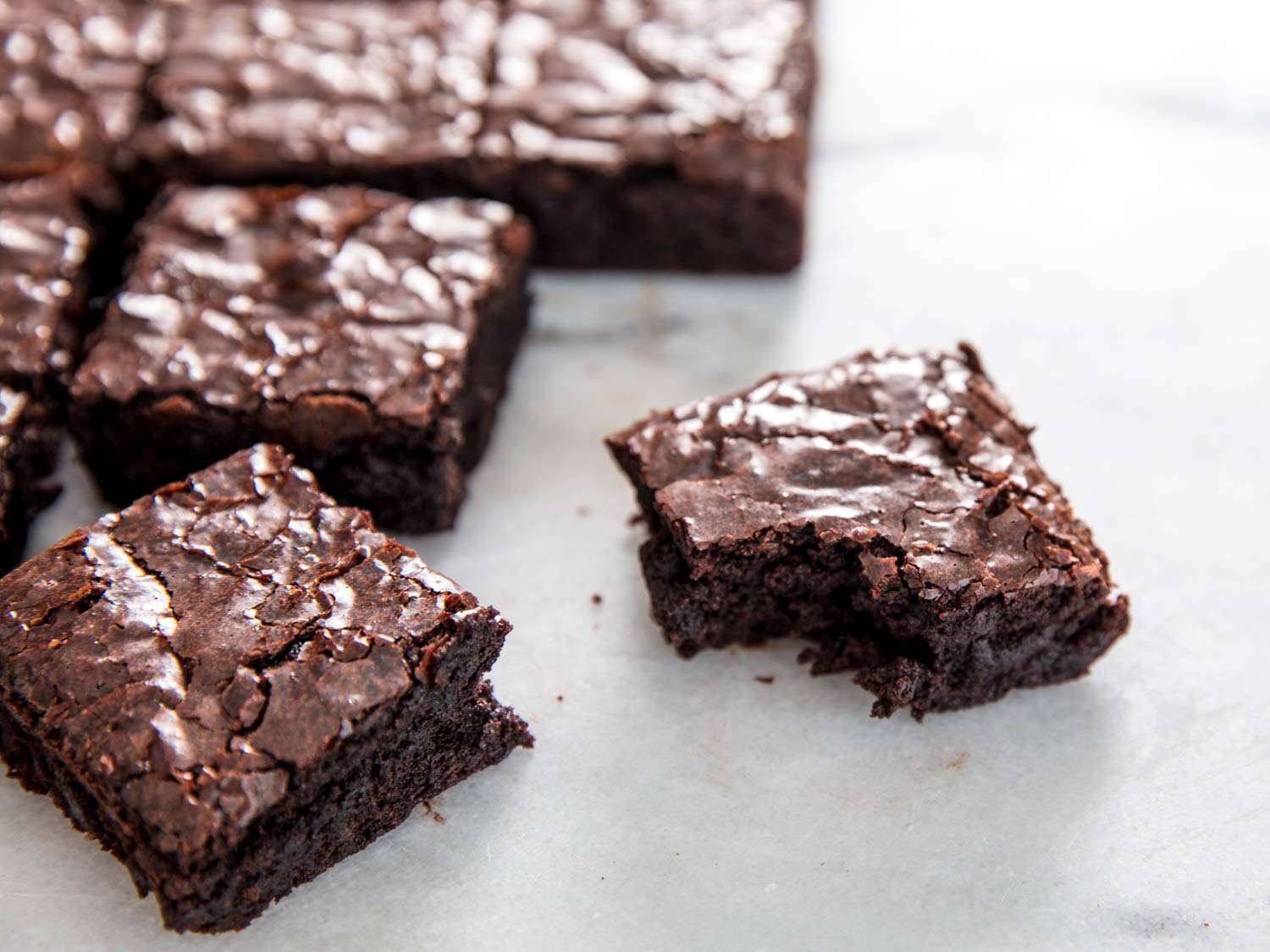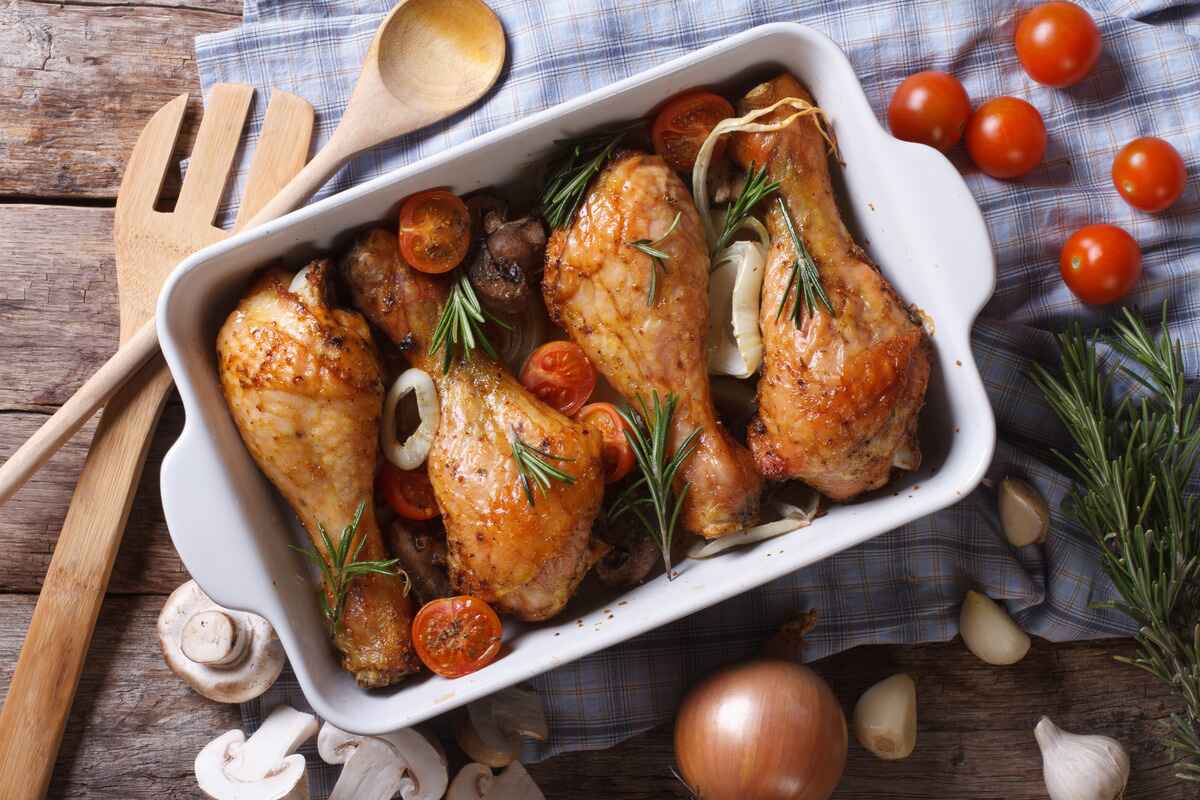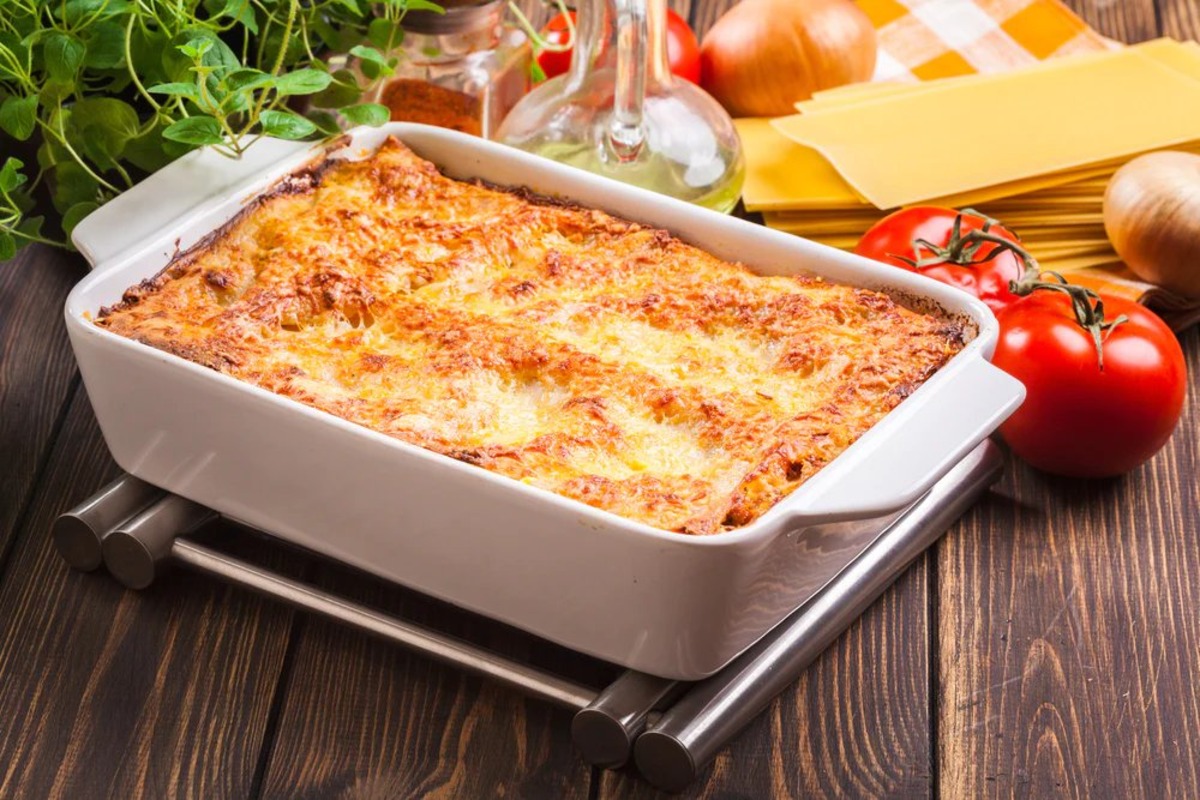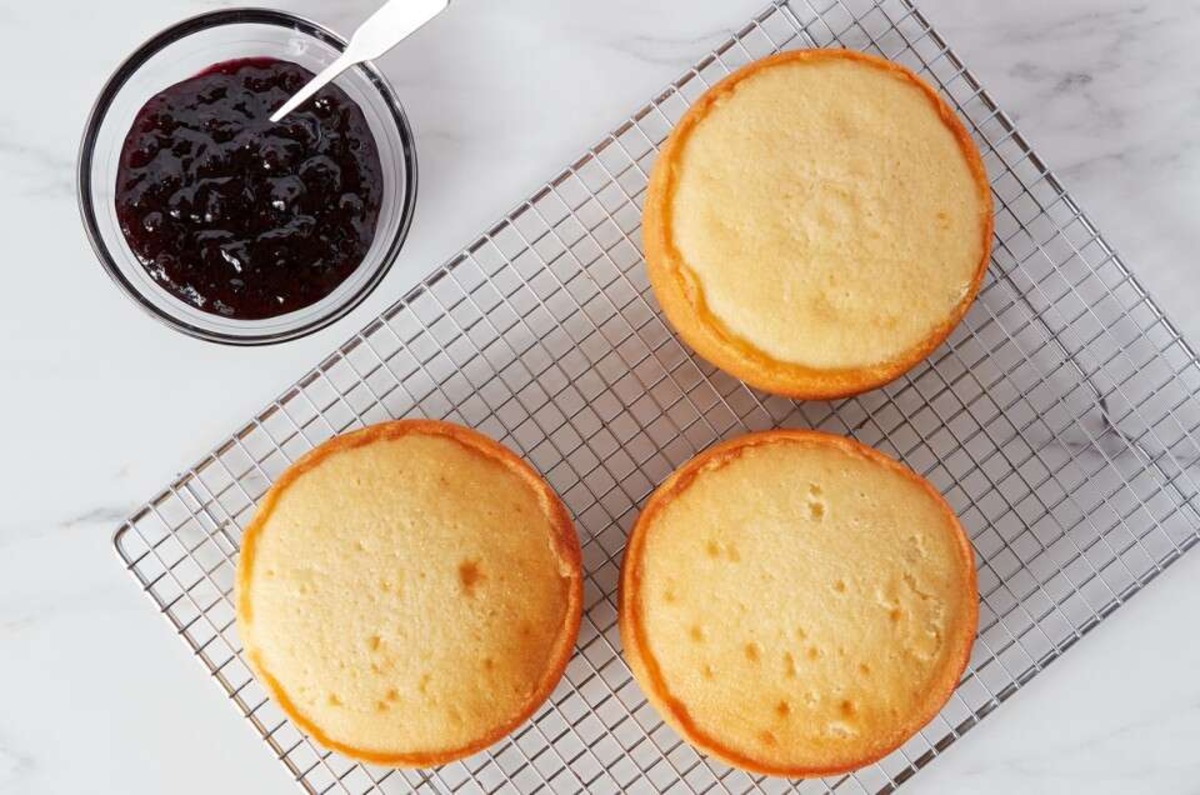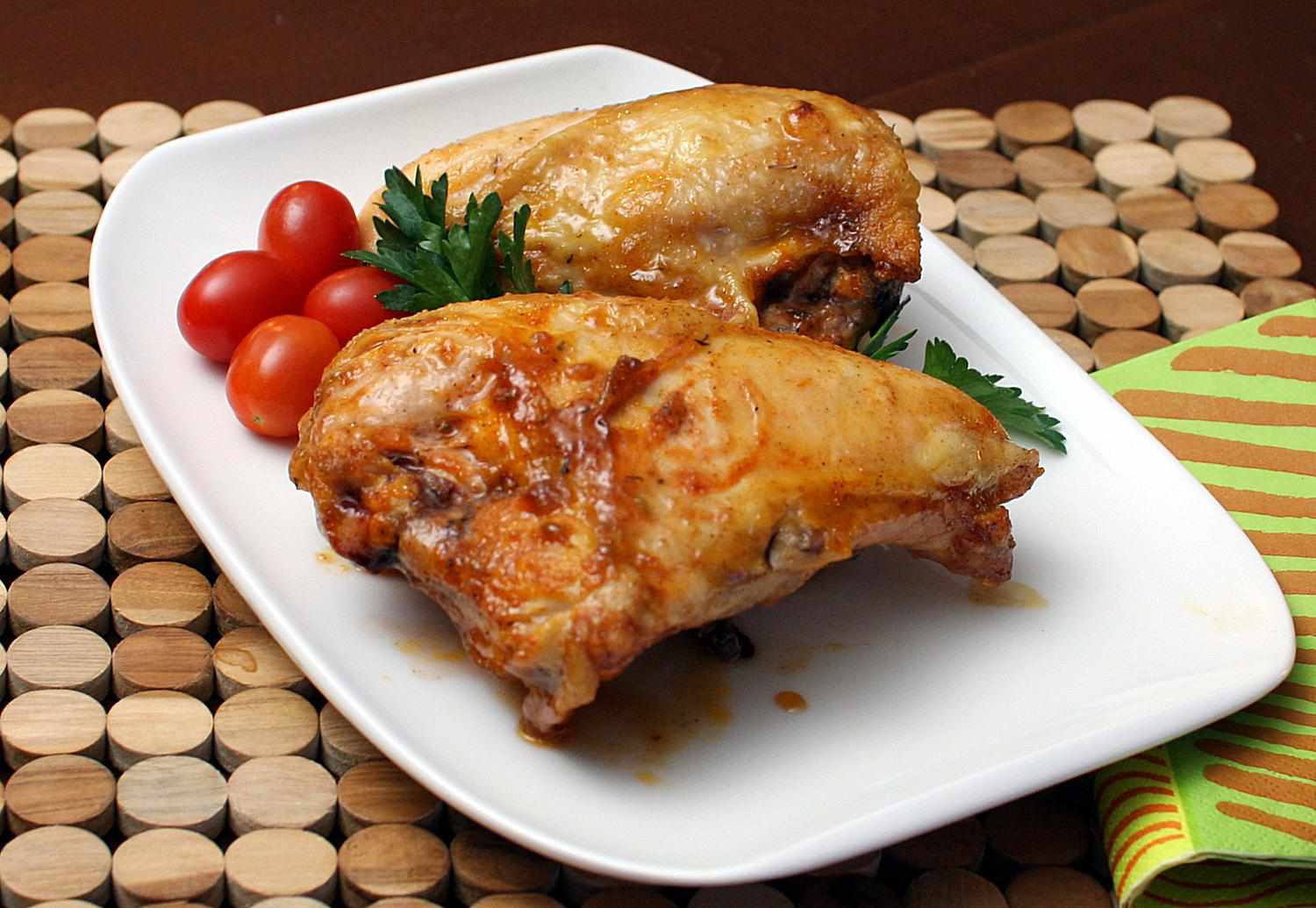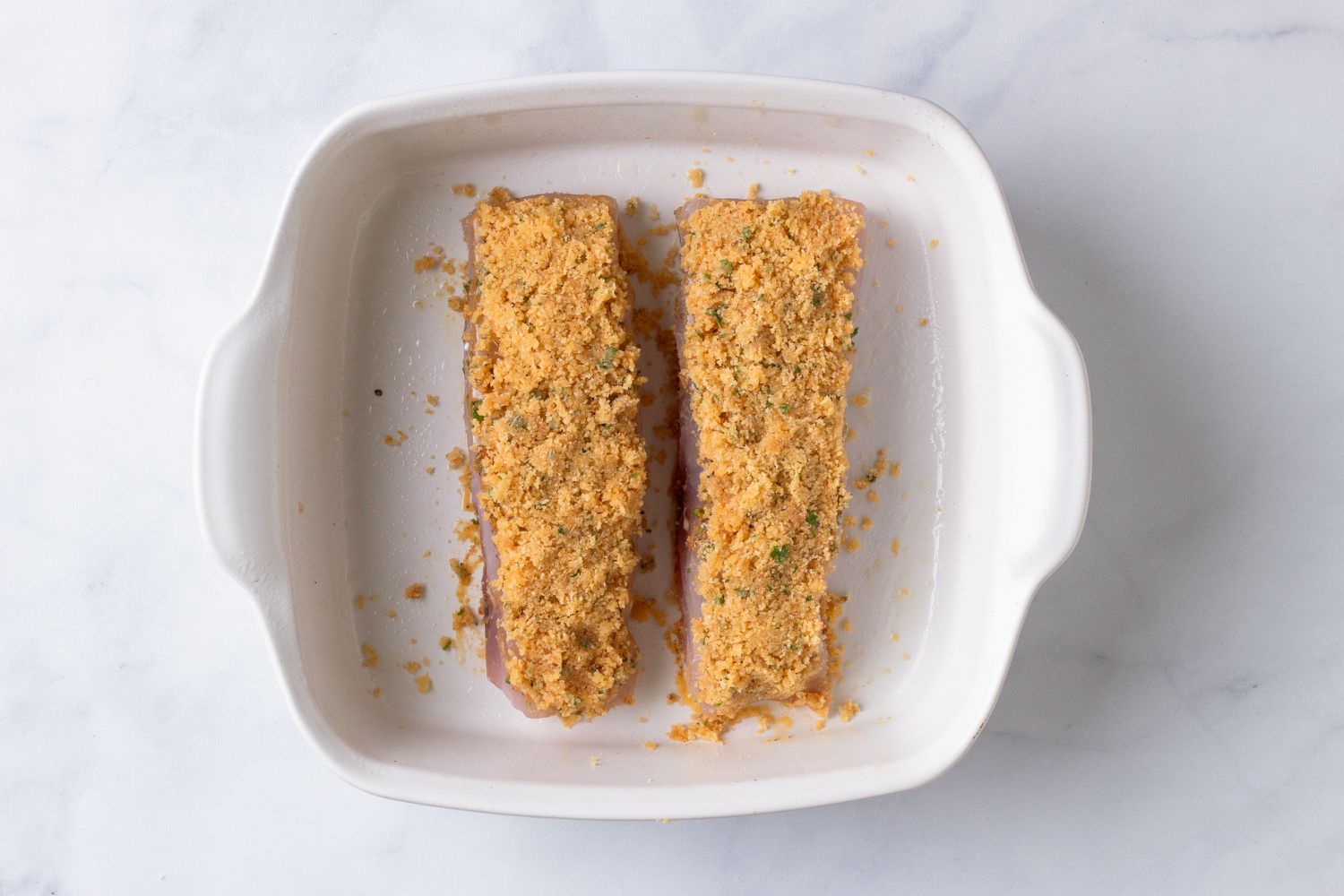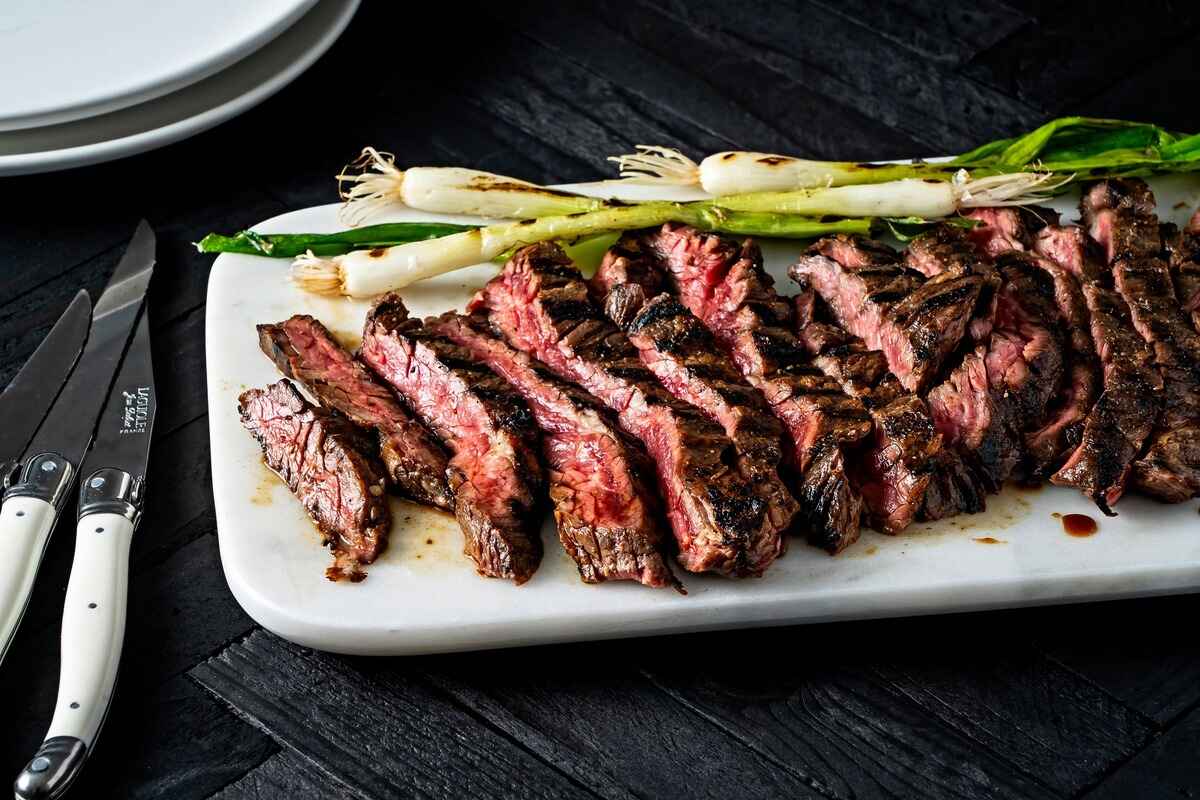When it comes to baking brownies, choosing the right pan size is crucial for achieving the perfect texture and thickness. The standard brownie pan size can vary, and understanding the options available can help you create the ideal brownie for your preferences. Let's explore the common brownie pan sizes and how they can impact your baking experience.
Standard Brownie Pan Sizes
When it comes to brownie pan sizes, there are a few standard options to consider. These include:
- 8×8 Inches: This square pan is a popular choice for baking brownies. It typically yields thicker brownies, perfect for those who enjoy a chewy and dense texture.
- 9×9 Inches: Slightly larger than the 8×8 pan, the 9×9 pan can produce brownies that are slightly thinner. This size is great for individuals who prefer a balance between chewy and cakey brownies.
- 9×13 Inches: A rectangular pan, the 9×13 size is ideal for making a larger batch of brownies. The resulting brownies are thinner and are perfect for serving a crowd.
Choosing the Right Size
When deciding on the standard brownie pan size to use, consider the following factors:
- Texture: The size of the pan can impact the texture of the brownies. A smaller pan will yield thicker brownies, while a larger pan will result in thinner brownies with a different texture.
- Servings: If you’re baking for a larger group, a 9×13 pan may be the best choice to ensure you have enough brownies to go around. For smaller gatherings or personal enjoyment, an 8×8 or 9×9 pan may be more suitable.
- Baking Time: The size of the pan can also affect the baking time. Thinner brownies will typically require less time in the oven, while thicker brownies may need a longer baking time to cook through.
Adapting Recipes to Different Pan Sizes
It’s important to note that when using different pan sizes, you may need to adjust the baking time and ingredient quantities to achieve the desired results. Here are some tips for adapting recipes to different pan sizes:
- Baking Time: Keep an eye on the brownies as they bake and adjust the baking time accordingly. Thinner brownies will cook faster, while thicker brownies may require additional time in the oven.
- Ingredient Quantities: When using a larger pan, you may need to increase the amount of batter to ensure the brownies fill the pan adequately. Conversely, a smaller pan may require less batter to avoid overflow during baking.
Conclusion
Understanding the standard brownie pan sizes and their impact on the final product is essential for achieving the perfect batch of brownies. Whether you prefer thick and chewy brownies or thinner and cakey ones, selecting the right pan size can make all the difference. By considering factors such as texture, servings, and baking time, you can confidently choose the ideal pan size for your next brownie baking adventure.
In conclusion, the standard brownie pan size plays a significant role in determining the outcome of your brownie recipe. By understanding the options available and how they can influence the texture and thickness of your brownies, you can make informed decisions when selecting a pan size for your baking endeavors.
Was this page helpful?
Read Next: What Is A Griddle Cake
